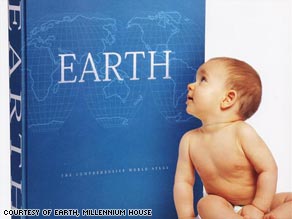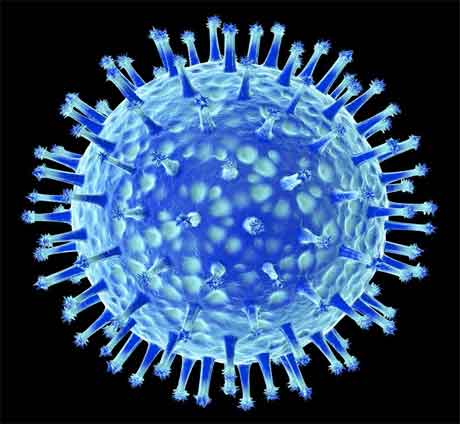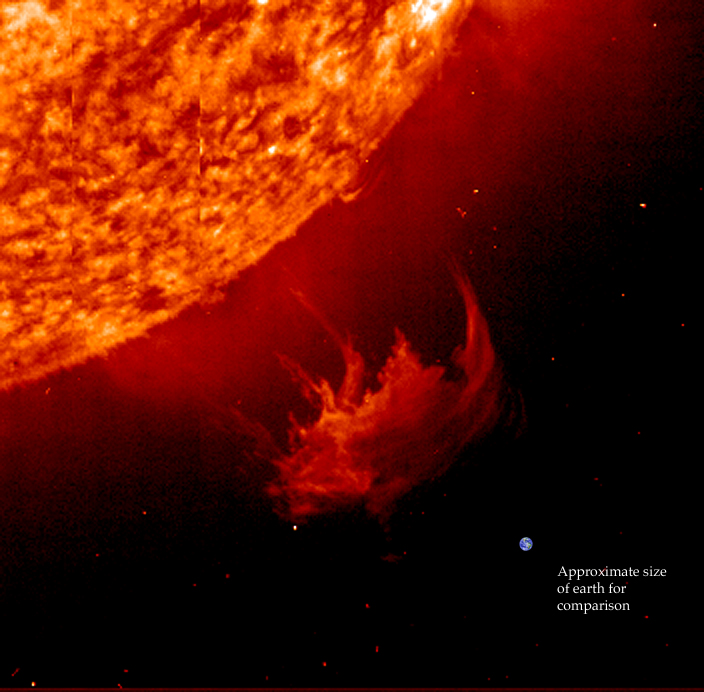 From Live Science:
From Live Science:FRINGE takes viewers on a wild ride using sciences that traditionally lie on the "fringe" of mainstream science, such as mind control or teleportation. But with so much research being done in these fields, many of the show’s ideas are actually ripped from science magazines and journals.
"We start by finding ideas right out of the headlines from a science magazine or the announcement for new research grant and we think, 'what is the next step or how can we push the boundaries?'" said Whitman. "For example, in episode three one of the characters was receiving messages in his brain telepathically and the Monday before the show aired, we saw an article on the CNN website that explained how the U.S. Army was developing a helmet that uses brain waves to help soldiers talk to each other."
Whitman and Chiappetta are "media consultants," not scientists, and while they’ve been advisors on several TV shows, they note their expertise comes from curiosity and researching science journals and the popular press, not formal training. Chiappetta has a law degree from the University of Texas, and Whitman has his PhD in economics from New York University.
Read more ....
















































